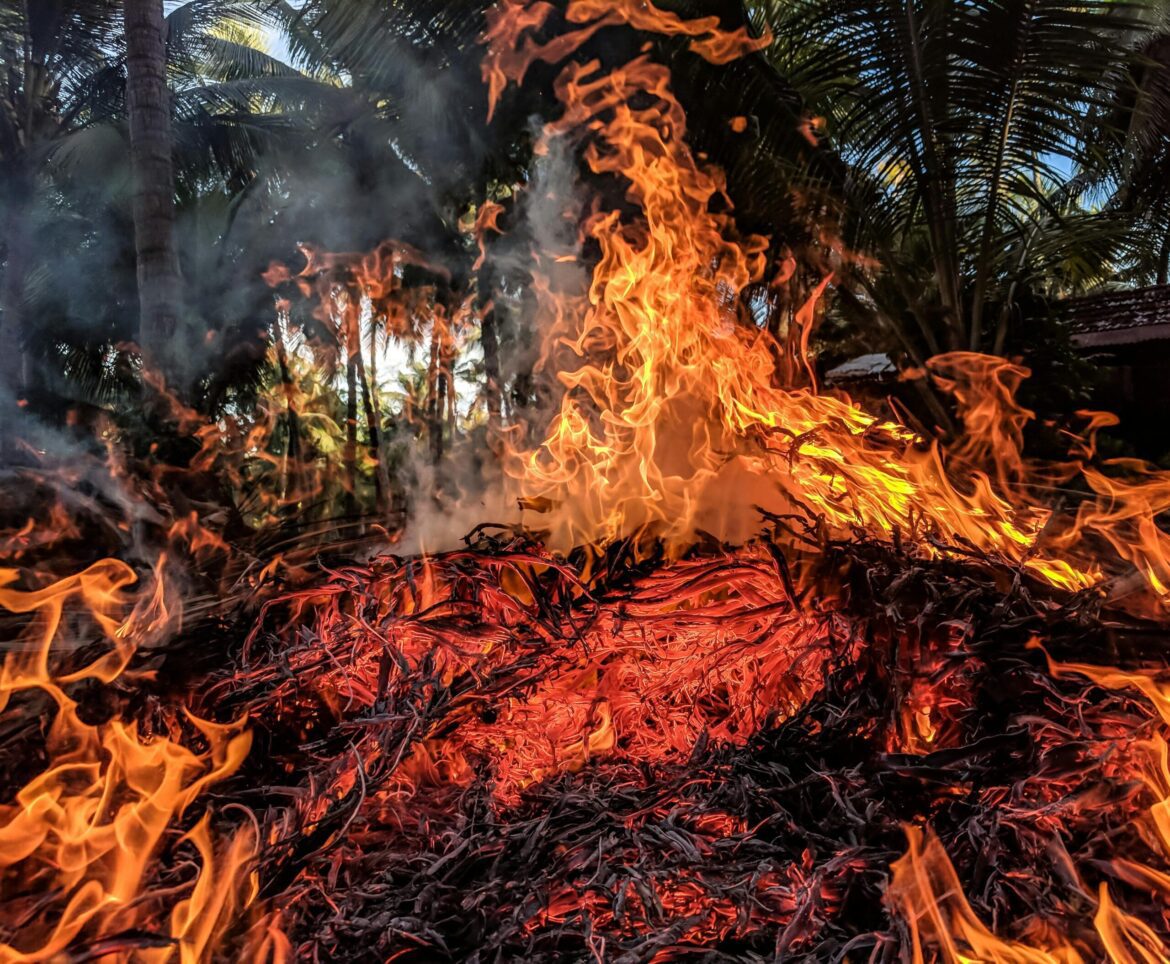Overview of the Lone Star Blaze Wildfire in Central Texas
On February 25, 2024, a rapidly spreading wildfire known as the “Lone Star Blaze” ignited in Central Texas, affecting numerous communities and endangering hundreds of homes and businesses. With over 25,000 acres scorched, the intensity and rapid spread of the fire marked it as one of the most significant wildfires in Texas history. This article explores the development of the situation, including the fire’s origins, the emergency response efforts, and the impact on residents and infrastructure.
Details of the Wildfire
The blaze originated in rural Blanco County, situated approximately 50 miles west of Austin. Dry conditions and strong winds played a significant role in escalating the fire’s growth, resulting in rapid eastward movement. Initial assessments reveal that at least 150 structures have been lost as the fire continues to spread, with hundreds more properties under imminent threat. Strikingly, Texas’ unique landscape, characterized by challenging terrain, is complicating firefighting efforts, particularly as winds peak at over 40 miles per hour.
Evacuations and Emergency Response
In response to the growing threat posed by the fire, mandatory evacuation orders were issued for multiple communities within Blanco, Hays, and Travis counties. Emergency shelters have been established in adjacent cities, such as Austin and San Marcos, to provide refuge for displaced residents. The Texas National Guard was activated to assist with evacuation efforts, ensuring the safety and logistical support of those affected. Furthermore, Texas Governor Greg Abbott declared a state of emergency, facilitating the allocation of state resources to combat the wildfire and support communities in distress.
Impact on Residents and Infrastructure
As the situation continues to unfold, residents within the fire’s range have faced profound fear and uncertainty regarding their homes and resources. “We packed what we could and left as fast as possible,” recounted Manuel Perez, a resident of Dripping Springs. The emotional toll on families forced to evacuate underscores the human impact of the growing crisis. Additionally, utility companies have proactively shut off electricity in certain locations to mitigate fire risk, leaving countless households without power. Significant highway closures due to the fire have introduced major traffic disruptions, further complicating efforts to evacuate safely.
Weather Conditions and Outlook
The National Weather Service has issued warnings indicating that conditions may not improve soon. Low humidity levels combined with sustained high winds are expected to persist over the next two days, aggravating the fire situation. Firefighters have shifted focus towards creating firebreaks in an attempt to contain the blaze and protect crucial infrastructure, as the fire continues to expand its perimeter. The prevailing weather conditions highlight the challenges and unpredictability faced by first responders during wildfire incidents.
Calls for Assistance
In light of the escalating fire situation, state officials have sought federal assistance, requesting additional firefighting resources and aerial support to aid in containment efforts. Community-based organizations and nonprofits have come together to provide essential services, including food, water, and supplies for evacuees. This widespread community response exemplifies the spirit of solidarity prevalent during crisis situations, as individuals come together to support their neighbors in need.
Long-Term Concerns
The Lone Star Blaze has sparked renewed discussions about the long-term implications of climate change and land management practices in Texas. As wildfires become more frequent and intense, environmental advocates are emphasizing the need for proactive approaches, including prescribed burns and enhanced funding for wildfire prevention initiatives. The resilience of Texas communities, alongside the efficacy of emergency response systems, will inevitably be tested as the state grapples with both the immediate crisis and its broader implications.
Conclusion
The “Lone Star Blaze” wildfire serves as a stark reminder of the natural disasters that can affect communities, particularly amid changing environmental conditions. With thousands evacuated and property at risk, officials and residents alike are navigating uncertainty while focusing on safety and recovery. As firefighters work tirelessly against daunting odds to contain the blaze, the community’s resilience and resourcefulness will be essential in addressing the short-term needs and preparing for long-term recovery in the aftermath of the disaster.
FAQs
What started the Lone Star Blaze wildfire?
The exact cause of the Lone Star Blaze wildfire has not yet been determined, but it was exacerbated by dry and windy weather conditions in Central Texas.
How many residents have been evacuated due to the fire?
Mandatory evacuation orders have been issued for several communities within Blanco, Hays, and Travis counties, affecting thousands of residents in the areas surrounding the fire.
What types of assistance are available to evacuees?
Emergency shelters have been established in nearby cities to provide accommodation for evacuees. Nonprofit organizations are also aiding with food, water, and essential supplies.
What resources are being mobilized to combat the wildfire?
Firefighting crews from multiple jurisdictions have been deployed, and the Texas National Guard has been activated to assist with the evacuation and logistical support. State officials have also requested federal aid for additional resources.
What are the long-term implications of the wildfire?
The wildfire raises concerns about climate change and inadequate land management practices. Advocates are calling for enhanced wildfire prevention measures and funding to help mitigate the effects of future disasters.

